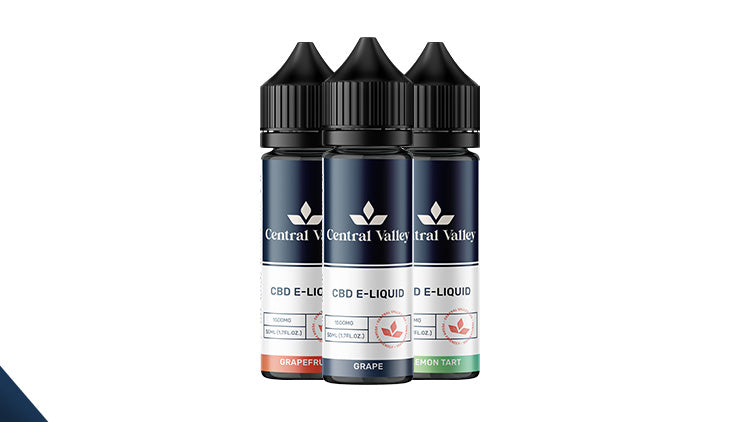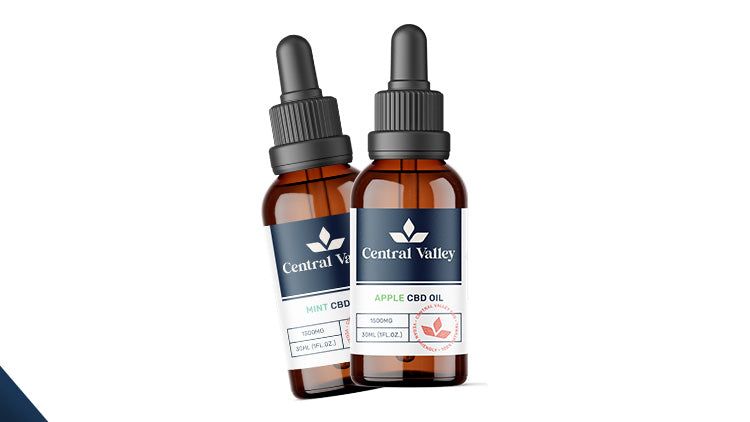
Exercise Recovery: Essentials & CBD Integration
Share
Exercise recovery is essential for overall health and performance. During exercise, muscles experience microtears and minor damage. Proper recovery allows these muscles to repair and grow stronger over time. Key components of exercise recovery include glycogen replenishment, hormone regulation, and muscle repair.
Shop CBD Oils, Shop CBD Gummies, Shop CBD Capsules, Shop CBD E-Liquids , Shop CBD Disposables, CBD Skincare
Signs of Inadequate Recovery
Overtraining without sufficient recovery can lead to fatigue, reduced endurance, and psychological issues like anxiety and poor sleep quality.
Essential Components of Recovery
- Rest and Sleep: High-quality sleep supports muscle recovery, hormone balance, and cognitive function. REM sleep aids tissue repair and glycogen production.
- Nutrition: Balanced meals with carbohydrates, healthy fats, and protein within two hours of exercise are crucial. Macronutrient ratios vary based on the type of workout.
- Hydration: Proper hydration supports nutrient delivery, waste removal, and temperature regulation.
- Active Recovery: Low-intensity activities like walking and stretching promote blood flow, reduce muscle soreness, and improve flexibility.
CBD for Exercise Recovery
CBD (cannabidiol) is increasingly popular for recovery. Consider these options:
- Ingestible CBD: Oils, capsules, and gummies support recovery processes. Take them with healthy fats for optimal absorption.
- Topical CBD: Balms, salves, and patches provide targeted relief for sore muscles and joints. Patches release CBD gradually over 12-36 hours.
Personal CBD Considerations
Everyone’s CBD journey is unique, whether it’s used for recovery, overall wellness support, or specific ailments. Regardless of its use, consider the following factors to ensure safe and beneficial CBD usage:
- Medication Interactions: Leave a 2-hour gap between CBD and medications (increase to 4 hours if contraindicated with grapefruit). Topical products bypass the digestive system and typically do not require this gap.
- Start Low, Go Slow: Begin with a low CBD dose and gradually increase as needed. Avoid exceeding the bell curve for optimal results.
- Consult a Healthcare Professional: Always seek personalised advice from a doctor or pharmacist regarding CBD interactions with medications
Key Takeaways for Exercise Recovery and CBD Integration
- Prioritise exercise recovery for long-term health and performance.
- Inadequate recovery and overtraining can lead to unpleasant physical and psychological symptoms.
- Explore various recovery strategies, including rest, nutrition, hydration, and active recovery.
- If you’re considering CBD in your workout routine, find what works best for you—whether it’s ingestible CBD, topical CBD, or a combination.
- Always consider medication and supplement interactions and follow a gradual dosing approach when incorporating CBD.
Remember that individual experiences with CBD may vary, so find what works best for you!
FAQ
Is CBD good for weightlifting?
CBD may offer benefits for weightlifters by supporting recovery, reducing inflammation, and promoting relaxation. However, individual responses can vary.
How much CBD should bodybuilders take?
Dosage varies based on factors like body weight, metabolism, and the specific product. Start with a low dose and gradually increase as needed.
Does CBD affect athletic performance?
CBD is not a performance-enhancing substance like stimulants. However, it may indirectly support performance by aiding recovery and reducing stress.
How does CBD affect muscle growth?
While research is ongoing, CBD’s anti-inflammatory properties may contribute to muscle recovery and growth. It doesn’t directly stimulate muscle growth.
Why is post-exercise recovery painful?
Post-exercise pain results from muscle microtears and inflammation. Proper recovery strategies, including CBD, can help alleviate this discomfort.







